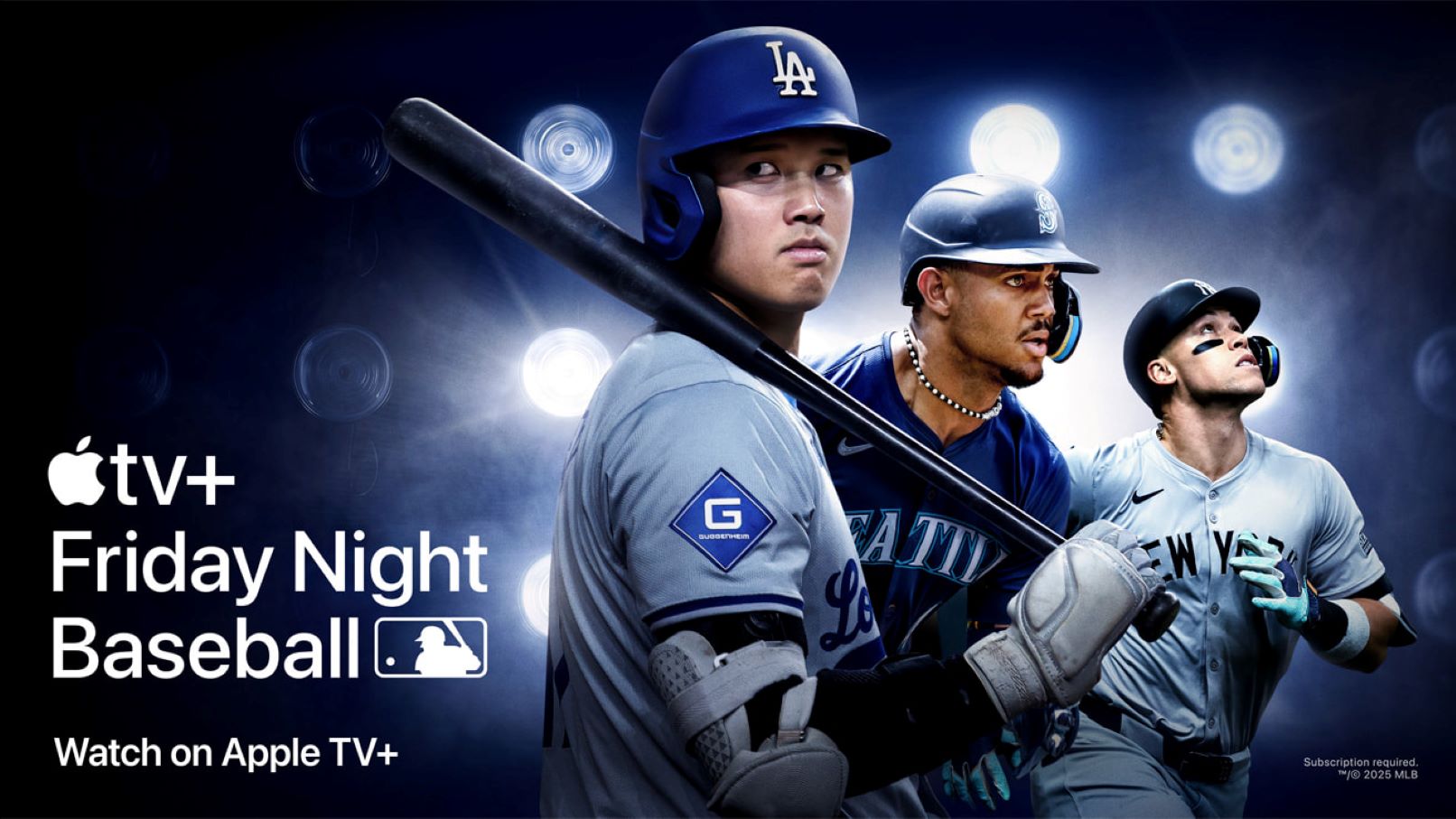In an ambitious stride towards achieving human-level artificial intelligence within robotics, Nvidia has recently unveiled its groundbreaking project, Eureka. This initiative marks a significant advancement in AI research, with Nvidia’s Eureka AI agent capable of teaching robots to execute complex tasks with unprecedented proficiency. Here’s a closer look at what Nvidia’s announcement entails and its implications for the future of robotics and AI.
Key Highlights of Nvidia’s Announcement:
- Nvidia’s Eureka AI agent can autonomously generate reward algorithms, enabling robots to learn complex skills like pen spinning, opening drawers, and more.
- Eureka outperforms human-crafted reward programs in over 80% of tasks, leading to an average performance enhancement of 50% for robots.
- The project leverages the GPT-4 large language model and generative AI for reward function writing, eliminating the need for task-specific prompting or predefined reward templates.
- Eureka’s success has been demonstrated in various tasks across different robot types, including quadrupeds, bipeds, quadrotors, dexterous hands, and cobot arms.
- This breakthrough utilizes Nvidia Isaac Gym for GPU-accelerated simulation, facilitating efficient reward candidate evaluation and training.
- Eureka’s approach integrates generative and reinforcement learning methods, showcasing a novel method for solving complex tasks.
Detailed Exploration of Nvidia’s Eureka Project
Nvidia’s Eureka project is a landmark development in the field of artificial intelligence, especially in its application to robotics. By using a combination of large language models (LLMs), specifically GPT-4, and generative AI, Eureka has introduced a novel way for robots to learn and perform tasks with an efficiency and complexity previously unachieved.
The Mechanics Behind Eureka:
- Eureka operates by first taking unaltered environment source code and language task descriptions, using them to generate executable reward functions through a coding LLM.
- It employs an evolutionary approach to reward search, alongside GPU-accelerated evaluation, for scalable and efficient improvement of reward outputs.
- Through the process of reward reflection, Eureka optimizes the generated reward functions, ensuring continual enhancement of robot performance over time.
Implications and Future Directions: Nvidia’s Eureka project not only demonstrates a significant leap in robot learning capabilities but also opens up new possibilities for the application of AI in various domains. By achieving human-level reward design and demonstrating successful application across a diverse range of tasks and robot types, Eureka sets a new benchmark for what’s achievable in robotics and AI research.
The project’s success suggests a future where robots can more quickly and efficiently learn to perform a wide array of tasks, potentially leading to more sophisticated and versatile robotic systems. Such advancements could have profound implications across industries, from manufacturing and logistics to healthcare and home assistance.
Furthermore, the integration of generative and reinforcement learning methods, as exemplified by Eureka, paves the way for new research avenues in AI. This approach could lead to more adaptable and intelligent AI systems capable of tackling complex problems with greater autonomy and effectiveness.
Nvidia’s announcement of the Eureka project is a testament to the rapid progress being made in the field of artificial intelligence and robotics. By enabling robots to learn and perform complex tasks with human-like proficiency, Nvidia is not only pushing the boundaries of what’s possible in AI but also charting the course for the future of robotics. As Eureka continues to evolve and improve, it will undoubtedly play a crucial role in shaping the next generation of AI and robotic systems.








